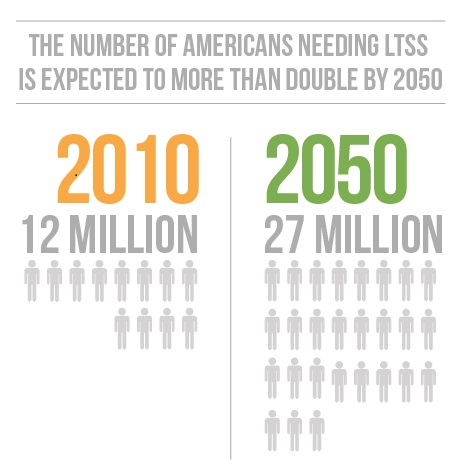Knowing the best way to offer support, compassion and financial help to a loved one with Alzheimer’s Disease can be challenging. Life Happens Radio host, and founder of Pierro, Connor & Associates, Lou Pierro, spoke on this topic during the August 26th edition of the show. He was joined by Beth Bovin, CEO of the Northeastern New York Chapter of the Alzheimer’s Association.
Read moreCAPITAL REGION
43 British American Boulevard
Latham, NY 12110
Phone: 518-459-2100
NEW YORK CITY
260 Madison Avenue, 16th Floor
New York, New York 10016
Phone: 212-661-2480
Proudly offering our legal services in these areas
Capital Region • Albany, NY • New York City • Ronkonkoma, NY • Garden City, NY • Hudson, NY
Lake Placid, NY • Utica, NY • Clark, NJ • Falmouth, MA • Clearwater, FL
Disclaimer
The material contained on this Website is provided for informational purposes only, and should not be construed as legal advice on any subject matter. No recipients of content from this site, clients or otherwise, should act or refrain from acting on the basis of any content included in the site without seeking the appropriate legal or other professional advice on the particular facts and circumstances at issue from an attorney licensed in the recipient’s state. The content of this Website contains general information and may not reflect current legal developments, verdicts or settlements. The Firm expressly disclaims all liability in respect to actions taken or not taken based on any or all the contents of this Website.
Any information sent to The Firm by Internet e-mail or through the Website is not secure and is done so on a non-confidential basis. Transmission of information from this Website does not create an attorney-client relationship between you and The Firm, nor is it intended to do so. The transmission of the Website, in part or in whole, and/or any communication with us via Internet e-mail through this site does not constitute or create an attorney-client relationship between us and any recipients.
Some links within the Website may lead to other web-ites, including those operated and maintained by third parties. The Firm includes these links solely as a convenience to you, and the presence of such a link does not imply a responsibility for the linked site or an endorsement of the linked site, its operator, or its contents.
Furthermore, The Firm does not wish to represent anyone desiring representation based upon viewing this Website in a state where this Website fails to comply with all laws and ethical rules of that state. The Firm does not intend to represent any party in any state in which this website may not comply with all applicable laws and ethical rules, nor will the firm represent any party with respect to legal matters related to the laws of any state or country in which its attorneys are not admitted to practice law.
Reproduction, distribution, republication, and/or retransmission of material contained within The Firm’s website is prohibited unless the prior written permission of The Firm has been obtained.
© Copyright – Pierro, Connor & Strauss LLC | Privacy Policy | Terms & Conditions | Site Map
Website and SEO by Razor Rank











